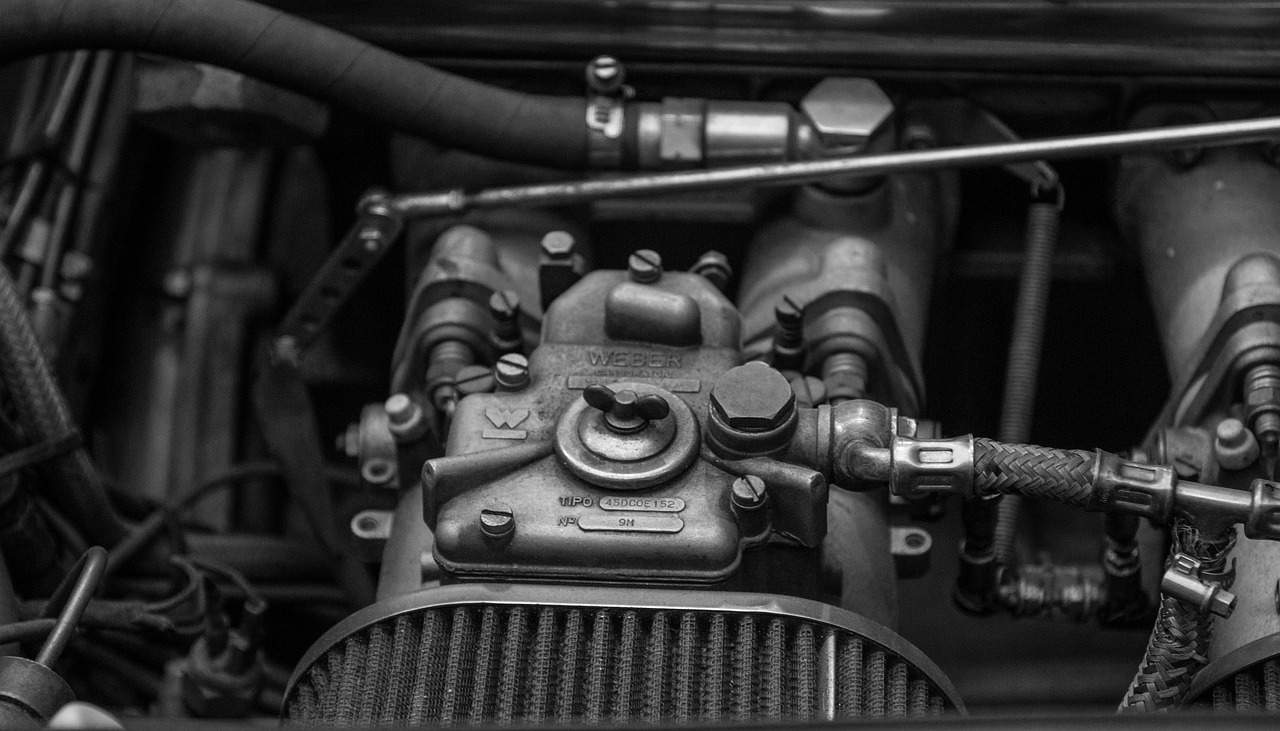As we see colors fade into browns and reds, we know that fall is on its way. While we mentally prepare for the seasonal shift, we must also get used to the notion that parts of our life will change for the next few months as they always do. A large part that will change lies on the road, our ways of driving. As driving changes due to weather and daylight changes, we must check in with our vehicles to make sure they are ready for the changes. Here’s a quick guide to the most important parts to check in with.
Step One: Inspect Your Tires
Tires play a crucial role in maintaining safe driving conditions, especially as the weather turns cooler and road conditions become more unpredictable. In the fall and winter, tires face additional challenges due to colder temperatures and the potential for icy or wet roads. To ensure your tires are up to the challenge of driving in cooler weather, check the tread depth to confirm it meets seasonal standards. Ideally, your tire tread should be at least 6/32 of an inch. An easy way to gauge this is the penny test: insert a penny into the tire tread with Abraham Lincoln’s head facing downward. If the top of Lincoln’s head is visible, it’s time to replace your tires. If not, your tread is likely sufficient for safe driving.
Step Two: Evaluate Your Brakes
Your braking system is one of the most critical safety features of your vehicle. It is quite literally the thing that stops you from getting into an accident. As fall ushers in changes in weather, it is essential to ensure your brakes are functioning properly. A mechanic’s inspection can provide a thorough assessment of your brake system, but you can also perform a basic check yourself. Listen for any unusual sounds when you apply the brakes and pay attention to any changes in the braking feel. If anything seems off, it’s wise to have a professional mechanic take a closer look. Additionally, make sure your brake lights are working correctly to signal other drivers when you are slowing down or stopping.
Step Three: Review Your Car’s Maintenance
Seasonal maintenance is key to keeping your car in optimal condition. As autumn approaches, take the time to review and update critical fluids and components. Focus on checking the levels of engine oil, brake fluid, transmission fluid, windshield wiper fluid, coolant, and power steering fluid. While a full maintenance check by a professional is beneficial, you can start by inspecting these fluids yourself. Regularly monitoring these levels helps prevent potential issues and ensures that your vehicle is prepared for the demands of fall driving.




